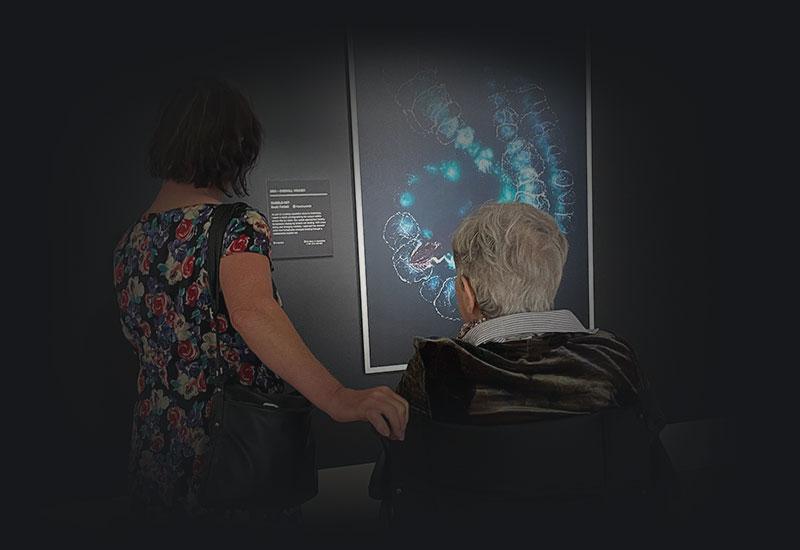How we define disability
The 2006 UN Convention on the Rights of Persons with Disabilities defines people with disability as those
who have long-term physical, mental, intellectual or sensory impairments which in interaction with various barriers may hinder their full and effective participation in society on an equal basis with others.1
National Archives adopts the social model of disability, distinguishing between an individual’s condition or impairment and the societal and environmental barriers they face. This model shifts the focus away from individual diagnoses to the barriers that create disadvantage by restricting opportunities, participation, autonomy and self-expression.
Disability can be permanent or temporary, visible or invisible. National Archives’ inclusive definition of disability encompasses:
- mental health conditions
- members of the d/Deaf community (who may identify as part of a cultural and linguistic minority with Auslan as their first language)
- members of the autistic/Autistic community (who may identify as part of a cultural identity rather than as people with disability).
Identification as a person with disability is a deeply personal choice
We acknowledge that not everyone who experiences barriers identifies as a person with disability and that identity and disclosure are deeply personal. We also recognise the complexities of universal design, intersectionality within disability and the principle that one size does not fit all.
Disability impacts individuals across all geographic, demographic and socio-economic levels. It affects not only those with lived experience but also their families, friends and support networks.
The following statistics illustrate the prevalence of disability in Australia:
- 21.4% of Australians (5.5 million) are people with disability.2
- 37% of Aboriginal and Torres Strait Islander people aged 15 years and over (almost 4 in 10) reported they had disability.3
- More than 453,00 Australians are blind or partially sighted.4
- 3.6 million Australians experience hearing loss.5
- 16% of people with disability (more than 1 in 7) use mobility aids.6
- 1.1% of Australians (estimated 290,900) are Autistic.7
- 61% of Australians (15.4 million) live with chronic condition.8
- 42.9% of people aged 16–85 years have experienced a mental disorder at some time in their lives.9
- People with disability are twice as likely to be in the bottom 20% of gross household incomes.10
- 48% of working age (15–64) people with disability are employed compared to 80% of people without disability.11

